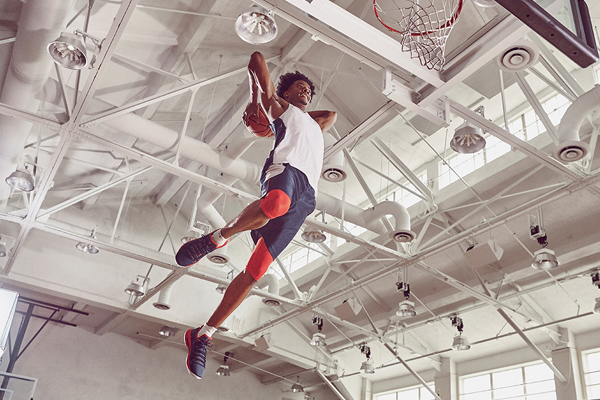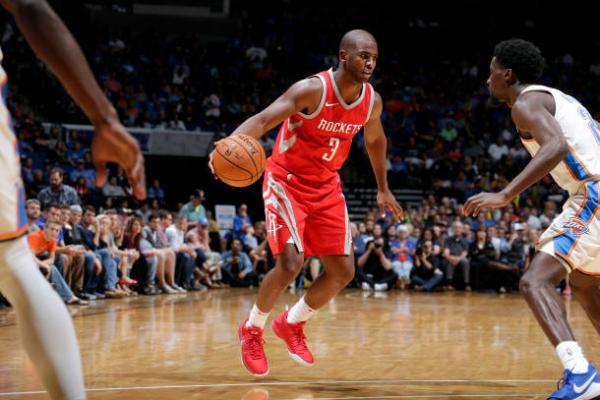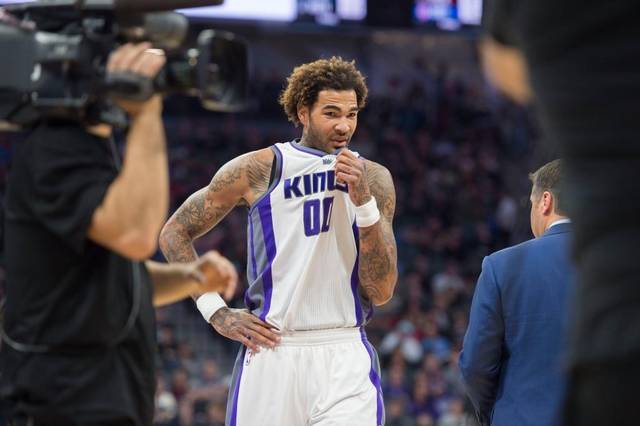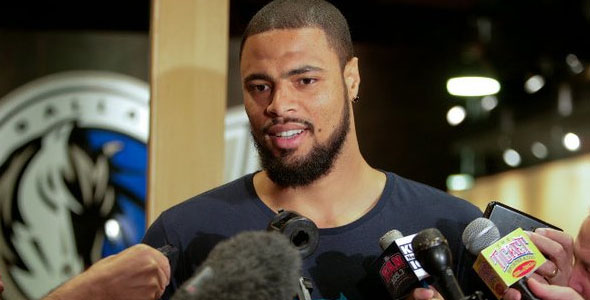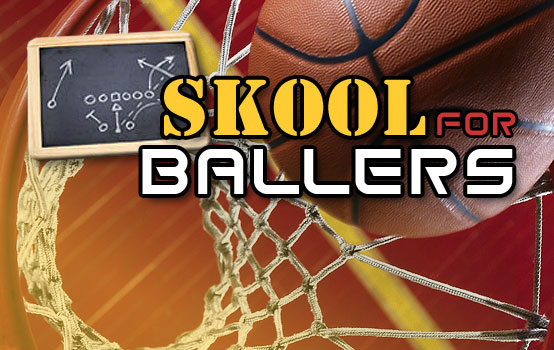
Each week in The Hoop Doctors “Skool for Ballers” we will bring you tips, analysis, or drills on various aspects of the game to help guide your training to be the best damn baller you can be! Don’t forget, being a GREAT baller takes as much work off the court as it does on!
Teaching Shooting
Brian McCormick, CSCS
Recently, I read some comments by high school and college basketball coaches which said that a college player cannot improve his shooting. I understand the basis for their argument; by the time that a player reaches the college level, his shooting mechanics are automated – that is, he does not think about his shooting mechanics when shooting. Without concentrating on the mechanics, a player will not improve the mechanics. However, while this leads some to say that a college player cannot improve his shooting, this belief presupposes that players are not willing to work hard enough to improve their shooting.
Legendary UCLA Head Coach John Wooden said, “Failure is not fatal, but failure to change might be.” Change is hard. It requires effort. If it was easy, everybody would do it. However, great players do not avoid the challenge: they embrace it. Coaches do not try to improve a player’s shooting mechanics during the season because they fear the one step backward associated with re-entering the learning process.
In the skill development learning process, the first stage, or the Cognitive Stage, requires great effort and thinking by the player and is plagued by mistakes. In this stage, the player knows he is making a mistake mostly because he misses the shot, but he does not feel the mistake; he lacks body awareness. This stage is like the building of the computer, putting the parts together and preparing the computer for operation.
The second stage, or the Motor Stage, is characterized by greater consistency, but the athlete still thinks his way through the shot. The proper mechanics are not yet automatic, so he must concentrate fully on the exercise. However, during this stage, the athlete begins to feel and be aware of his own mistakes and can start to self-correct some of his mistakes. This stage is like the programming of the computer, where all the code is written and the computer prepared to generate immediate responses.
The Third Stage, or the Autonomous Stage, is optimal, when the athlete shoots without thinking. His concentration is not on his mechanics, but centered visually on the target, increasing accuracy. He is fully aware and thus understands his mistake as soon as he releases a shot, not after watching the result. Upon release, he knows whether the shot is good or whether it will miss short. He feels the shot and is completely aware; everything is automatic. This stage is the finished computer, when answers immediately appear or programs run effectively and immediately without complications.
Using the computer analogy, should a coach ignore a computer which has a bug or virus and continue using the computer despite the glitch? What if the bug affects the computer’s efficiency or accuracy? Wouldn’t most people fix the problem, even if it is requires reprogramming the computer?
The coaches’ statements reflect coaches who do their best with a broken computer. Maybe they buy a new computer (recruits a new player) to use on important projects (end of game situations), but use the broken computer (poor shooter) for other roles (defense, setting picks) like email.
At the high school level, every coach should make an effort to help this players improve their shooting mechanics. Not every player is willing to pay the price. I worked with a girl during her senior year of high school; after three shots, I stopped our first workout to say that she needed to change her shot completely. She was not interested because she was a senior and did not plan to play in college. Instead, she wanted to get quicker and develop more offensive moves. We developed an understanding, as I said very little about her shooting and concentrated solely on getting her in better positions to shoot or attack the basket.
After an all-league senior year season, she decided to play DIII college basketball. During the summer after her freshman year in which she played very little, we dedicated the summer to re-learning her shooting mechanics. For the first three weeks, she was not allowed to shoot outside of 12 feet; her form stayed consistent until she reached 12 feet, and then she reverted to her old form. Even in her summer league games, she no longer hovered around the three-point line looking to catch and shoot; instead, she drove everything to the basket, working on her left hand and not compromising her developing shot.
As the summer ended, her shot was very consistent from the free throw line and as a catch and shoot three-point shooter. However, her new form also enabled her to shoot more quickly and shoot off the dribble. In one summer, her dedicated effort enabled her to change her shot, largely on her own.
Once I illustrated the difference between her shooting properly and her old mechanics on video tape and steadfastly corrected several thousand repetitions, she followed my instructions on her own and transformed her game, acquiring more confidence throughout her progression and entering this season with high anticipation due entirely to her effort during the summer.
It is possible to change one’s shot. However, it requires effort. It requires a realization that the player must re-enter the second or even first stage of learning and think about her mechanics to make the necessary change. However, the greatest way to be a better offensive player is to become a better shooter. If the player is motivated and disciplined, he or she can make it happen; if not, it might be time to recruit a new player or keep a different player on the high school team.
To see the progression of drills that we used to develop her shot, visit 180Shooter.com. The e-book, Individual Program and Program Package developed from the drills and methodology that we used to improve her shooting.
In addition to developing the 180Shooter.com program, Brian McCormick wrote Cross Over: The New Model of Youth Basketball Development and maintains the site, The Cross Over Movement, for parents, players and coaches.
To check out The Hoop Doctors other ‘Skool for Ballers’ posts click here.


